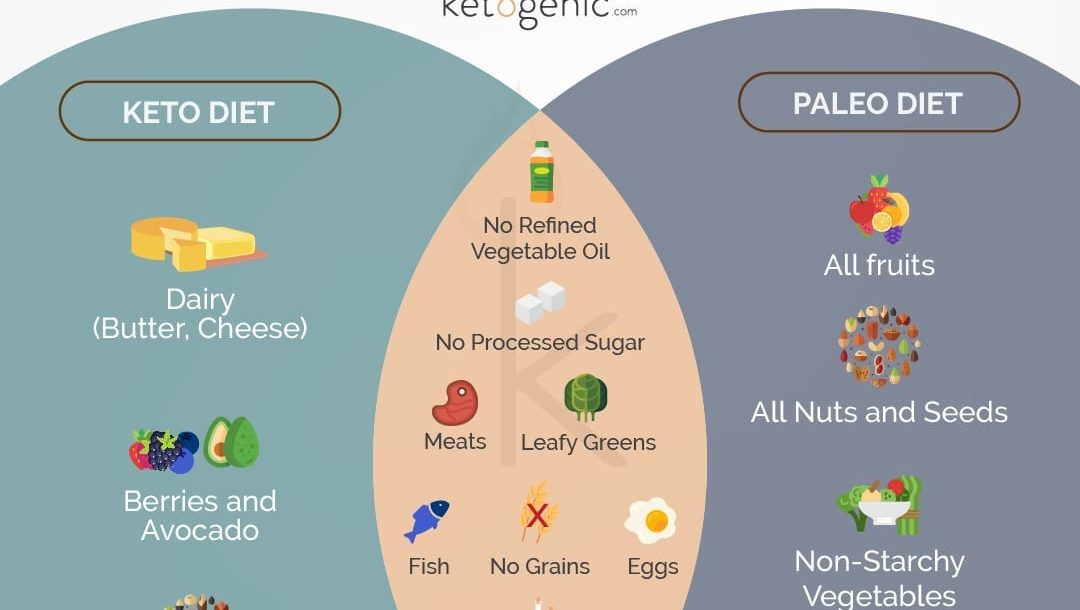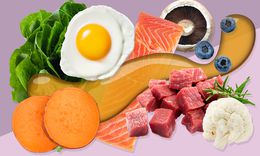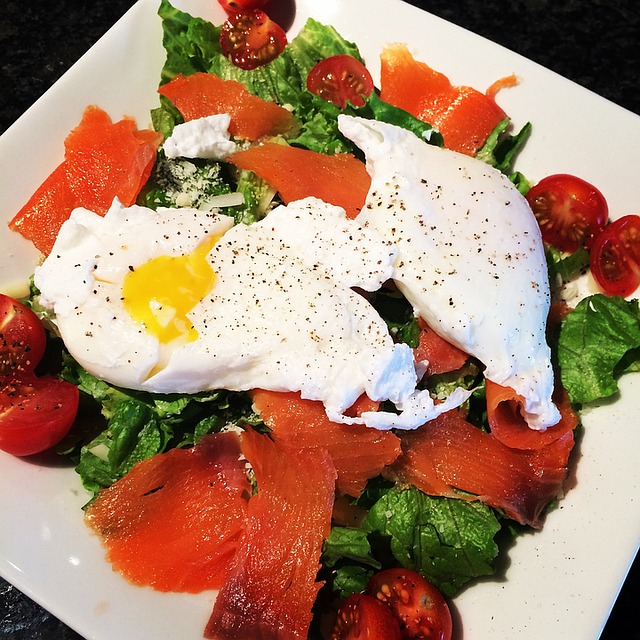
The paleo diet emphasizes eating food that our ancestors would have eaten. This diet includes food such as apricots and dried pumpkin seeds. You can also eat sweet potatoes, chicken and other vegetables. EatingWell understands that the paleo diet can be restrictive. However, they believe in the value of certain foods. Here are some suggestions for healthy foods that you can enjoy while eating healthy.
Pola Makanan paleolithic womanusia
Christina Warinner, Ph.D., studied pola makan manusia purba and mitos-mitos pola makanan paleolithic manusia in 2010. She says that manusia Paleolithic ate a lot of meat and consumed a lot of daging. Although this myth was believed widely by paleolithic people it is now outdated and irrelevant.
The diet of paleo (also known as the diet manusia-gua) is a way to eat like what manusia.gua and other people used to eat. They preserve their heritage, and their kesehatan will be better. However, this diet is not for everyone. It is not for everyone, and is suited for only a limited number of people.
The Ramasokat lukisan is composed of two types kelompokan: Ceruk and Lukisan Gua. They were cultivated in the areas of Sulawesi Tenggara and Liabalano. The lukisan gua contains a mixture of proteins, fats, carbohydrates, and amino acids. These nutrients are essential for healthy living and can help us understand the subtleties of human evolution.

Modern humans have many advantages, but there are also some risks. People who consume foods high in nutrients, like those in the Paleolithic Era's Paleolithic Era are more likely to get diseases. Your risk of developing disease is reduced if you eat clean. Clean Eating can help you eat healthier. This diet has many benefits: It is good for your health and will not cause you to get sick.
Paleolithic diet: Foods allowed
A lot of processed foods contain added sugars and vegetable oils. These can have a negative impact on your health. In excess of salt, refined sugars and other sweeteners can lead you to becoming obese. Salty foods can also contribute to heart disease. Vegetable oils are also controversial; the American Heart Association recommends safflower or corn oil as replacements for canola oil. These oils contain high amounts of omega-6 fat acids.
While some commercial paleo diets have very strict dairy restrictions, others are more restrictive. Paleolithic diets allow certain foods, such as lean pork loin and roasted chicken with onion, carrot stuffing and steam broccoli. Other paleo diet plans allow little honey or maple syrup. Research on the health benefits of this diet is mixed.
Paleo advocates recommend that you avoid legumes because they contain high amounts of phytic acids. These substances prevent the absorption and utilization of essential minerals. These substances are allowed in certain situations. Although it can be tempting for some to eat legumes or potatoes, it is not advised to do this as often as with other processed foods. Instead, include lots of fruits and veggies in your daily meal plans.
Guidelines for Paleolithic eating
The Guidelines for Eating a Paleolithic Diet are very different from the typical modern diet, but they are both based on the same principles. The Paleolithic diet primarily consisted of animal products. But it's also rich in plant foods, so there aren't many limitations. It is important to remember that your genetic makeup may not allow you to eat this diet. Additionally, the increased meat consumption may be detrimental to your health. If you think that you might benefit from a Paleolithic diet, you should proceed with caution.

Dairy products are the most popularly excluded food groups on the Paleolithic diet. These key food groups are at high risk for nutritional deficiencies. A lack of calcium can cause tooth decay. Deficit in this essential mineral could also lead to bone and tooth problems. Calcium is also important for blood clotting, muscle contraction and other functions. Moreover, whole grains reduce the risk of heart disease, stroke, and type 2 diabetes. However, because grains were largely eliminated, you may find yourself at risk for calcium deficiency.
There are many guidelines that Paleolithic people should follow when eating. It encourages the consumption of nutrient-rich foods and protein, while limiting carbohydrates and processed foods. It is best to follow the guidelines closely so you don't overdo it. Every person is unique and a paleolithic diet will be different. It is important that you understand that the Paleolithic lifestyle was common 10,000-12,000 years ago.
FAQ
Is it possible to be self-taught?
Yes, it is possible to be a self-taught chef! It is something everyone enjoys, regardless of their level of cooking ability. You can learn to cook by starting at home. Start small with things like making pancakes or spaghetti sauce for your dinner. The best way to learn how to cook is to try new recipes and experiment. You may even want to make a few mistakes along the way.
The time it takes to learn to cook can vary from just a few hours up to several weeks, depending upon your skill level. Remember that cooking is not about following recipes. There are so many ways to prepare food.
Where can you find free online cooking courses?
You can find free cooking lessons on many websites. You can search YouTube for videos that teach you how to prepare different meals. Some websites give you access to thousands of recipes. While you may have to pay a monthly charge, these websites allow you to try out the recipes for 30 days for no cost.
What skills are required to enter a culinary school?
You must have the ability to cook well and work under pressure. To learn how to cook, you should take cooking classes at your local high school or community college. After you have learned the basics, you can apply for jobs in a restaurant or catering business.
What are my options for learning about cooking?
There are many cooking classes available all over the country. There are many schools that offer courses in pastry, baking, and wine tasting. A local community college, vocational school, or private institution can offer classes in cooking.
How much does it cost to study Culinary Arts?
Prices for studying culinary arts vary widely. A four year degree is typically around $40,000. A two year associate's degree might cost less than $5,000. Tuition rates depend on the type of program you select. Public institutions are more expensive than private institutions.
Statistics
- The median pay for a chef or head cook is $53,380 per year or $25.66/hour, according to the U.S. Bureau of Labor Statistics (BLS). (learnhowtobecome.org)
- According to the BLS, chefs earn $58,740 a year. (learnhowtobecome.org)
- On average, chefs earn $58,740 a year, according to the BLS. - learnhowtobecome.org
External Links
How To
How to make a perfect omelet
Omelets are a favorite breakfast food of mine. But how do they turn out so perfectly? I've tried many different methods and recipes, but none of them seem to work! So I am sharing some tips and tricks today to help you make fluffy, delicious omelets every morning.
First, eggs can be very temperamental ingredients for making omelets. You must get them fresh, organically, and keep them cold until you cook. The yolks and whites will not form properly if they aren't kept cold enough. This can make your omelets look bizarrely colored. If you want to make omelets right away, it's best not to use eggs that are too cold.
You might also try separating the egg before adding to the pan. It is important not to allow any white to mix with the yolk as this could lead to the omelet becoming curdled.
If you add the egg directly onto the stovetop, you might end up burning the bottom part of the egg, which would ruin the texture of your omelet. Instead, heat the egg for 10 seconds in the microwave before placing it in the pan. The microwave heat will cook the egg just right without making it too hot.
Next, let’s talk about mixing the egg. When mixing eggs, it is important to thoroughly beat them. You can do this by turning the bowl of your mixer upside down. Then shake the bowl vigorously. By doing this, the egg is thoroughly mixed with the air in the bowl.
Now comes the fun part - pouring the milk into the mixture. Pour half the milk into the beaten egg mixture and then fold in the eggs. Do not be alarmed if there are still egg streaks visible. Once the omelet flips, these streaks will disappear.
After folding the eggs fold the pan onto medium heat. When the oil starts to hot, wait for the pan to cook. Once the oil has gotten hot, add 1/4 cup of butter and swirl it around so that the entire pan is coated. Open the lid and sprinkle salt on the pan. A pinch of salt will prevent your omelet from sticking in the pan.
Cover the pan once you have formed the omelet. Wait for the top to set. Flip the omelet upside down or with a spatula. Cook the second side for a minute or so. Take the omelet out of the pan and immediately serve.
This recipe works best when you use whole milk.